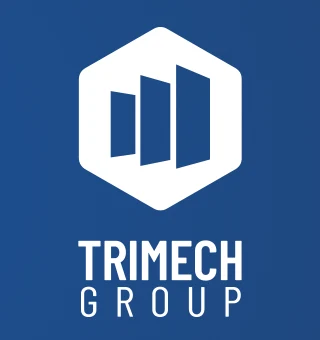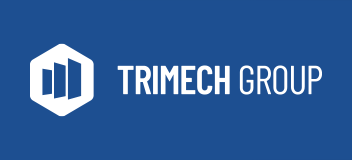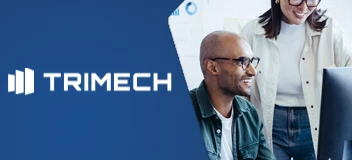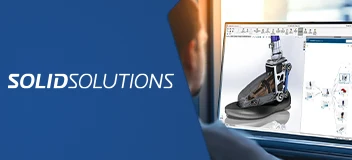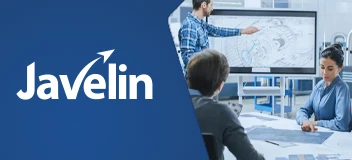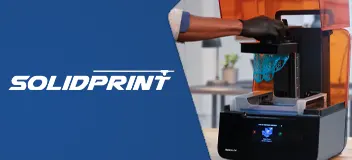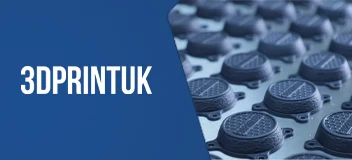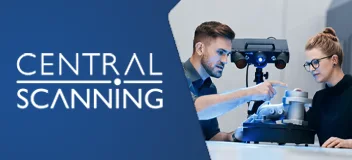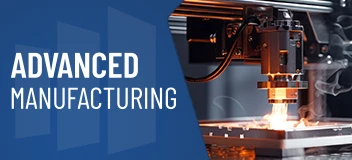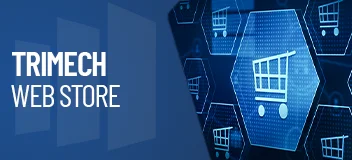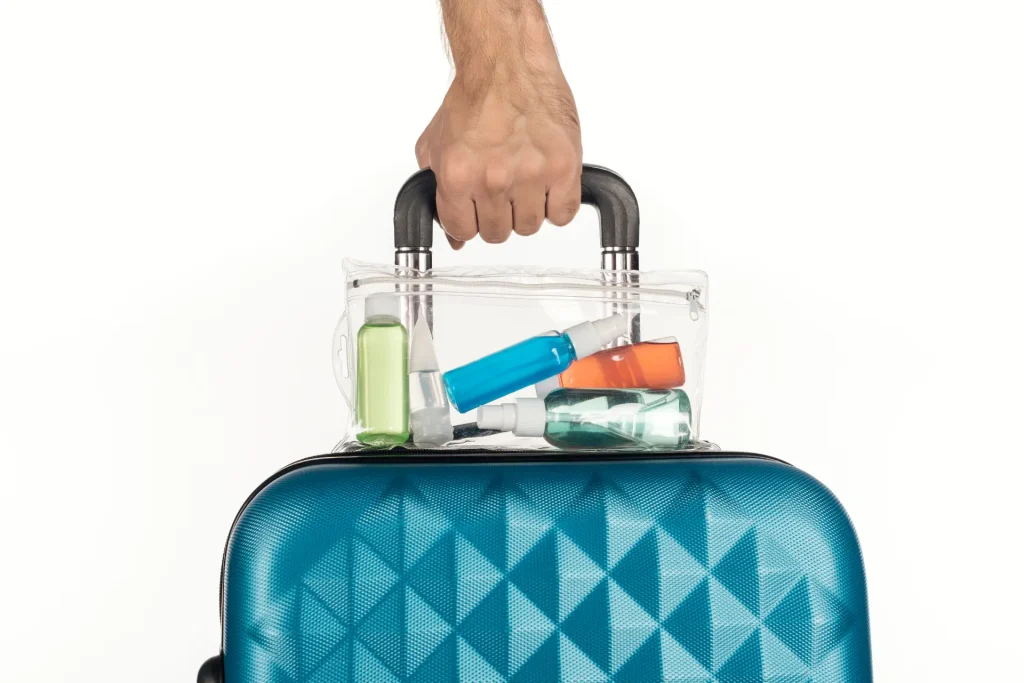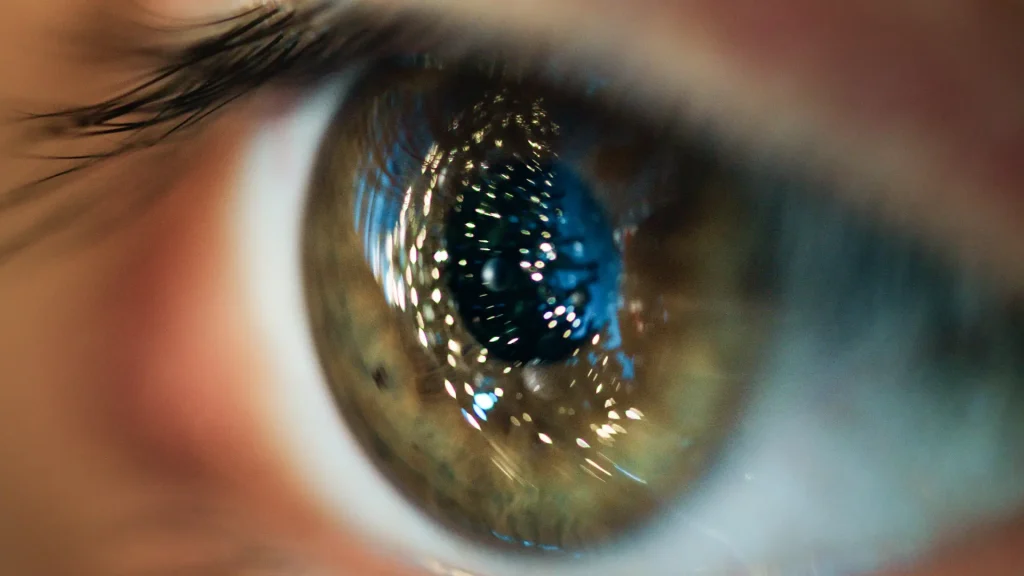How to Deliver Efficient Product Design
One of the most important factors in a successful product is having an efficient product design. It is also considered one of the best strategies for developing cutting-edge innovations.
However, creating an efficient product design is not as easy as it seems. Check out this blog to get some best practices for achieving efficient product design!
Key Takeaways
- Efficient product design means that the product functions intuitively, saving users’ time, money and energy.
- Maintaining efficient product design keeps everyone aligned throughout the product development process.
- To create efficient product design, start with a strong idea and then narrow down.
- Select materials that enhance usability, performance, and overall user experience.
- Prioritize functionality before the aesthetics and extras, eliminating any extra details to help encourage efficient product design.
- Prototyping and iteration helps simplify a complicated design.
What is Efficient Product Design?
Efficiency is defined as being able to achieve maximum productivity with minimum wasted effort or expense. Therefore, in product design, we are typically looking for a product design that improves the lives of others in the sense that it can increase their productivity as easily as possible.
In other words, efficiency in product design means creating a product design that increases user productivity with minimal effort. The product should function intuitively, requiring little to no effort to use and requires no expense to perform.
Why is Efficient Product Design Important?
A well-designed and efficient product not only makes daily tasks easier for users but also saves them time, energy, and money.
Maintaining an efficient product design not only speeds up development but also ensures that your design goals remain clear and focused. It promotes straightforward communication between you, the designers, and the engineers, keeping everyone aligned throughout the process.
How to Create an Efficient Product Design?
In order to create an efficient product design, it is important to focus on creating a product with a clear function, a simple and seamless design, and an evident investment that it affords, rather than just a novelty item.
Have a Strong Idea
One of the most important things needed when creating a new product design is to have a strong idea of what you want to make. Having a general idea can help when thinking about what you want your product idea to do, but there are a lot more important aspects that come with product design than just a simple idea!
When thinking about your product design idea, make sure to keep in mind certain factors that can affect your product design idea, such as the market for your product, the audience to which you want your product to attract, and an idea about who your current competitors are.
With all of these factors in mind, you can specifically narrow down the exact idea of not only what you want your product to be but how it will be special and distinct enough from other products on the market to appeal to your target audiences.
Moreover, having a strong idea of your product design will allow you to create an efficient product design because you understand all aspects of what you want your product to do and look like. The clearer your vision for the product design, the more efficiently you’ll be able to bring it to life.
Understand the Materials
Material selection is another crucial aspect of product design. It not only influences how your product functions and performs, but it also shapes the user’s first impression and overall experience.
Creating an efficient product design involves understanding which materials will perform best. Your clarity on how the product should function, feel, and look will directly influence the materials you choose.
Building an efficient product design means creating something that functions seamlessly and is easy to use. An effective way to achieve this is by selecting materials that enhance usability, performance, and overall user experience.
Collaborating with your design team is key to understanding what is possible based on your product’s intended function. Testing multiple prototypes allows you to explore different design possibilities and refine your product effectively.
Choose Functionality over Aesthetics
A design strategy that we love to mention to our clients is to design with simplicity in mind. We also call this the ‘MVP’ method. When you create an efficient product design, your goal should be to design something as simple as possible before focusing on the details of your product. In this case, to create a simple and efficient product design, you must prioritize focusing on the functionality of your product before the aesthetics and extras.
Although fun, appealing details and a cool design add value, a product’s primary purpose is to solve a real problem or address an inconvenience, ultimately making people’s lives easier and more efficient.
With this mindset, focus your product design on creating something simple and efficient that stays true to the purpose of the product. Focusing too heavily on aesthetics and details may distract from creating a clear, functional design that effectively meets your product’s intended goal.
Incorporate Convenience
With so much innovation in the tech, electronic, and consumer products fields, it’s almost impossible not to find a cutting-edge design that doesn’t incorporate convenience as its main selling point.
Society is continuously adapting to faster and quicker innovations. This makes it a required expectation to create something that is always progressively fast, convenient, and quick for the user’s experience.
In a world where we are overwhelmed by constant stimulation from media, technology, work, economy and general life, the products around us that simplify our lives aren’t just convenient, but necessary.

A great example of a convenient and efficient product design from our client – Clasp Magic!
Create a product that is easy and quick to use and does not include any distracting or intrusive small functions that get in the way of the main function of your product. The easier it is to use your product, the more it makes it an efficient product design.
Try eliminating any extra details or small unnecessary features as much as possible to help encourage efficient product design. Allowing others to try the product and testing prototype variations is a good indicator to whether you have an efficient product design.
Prototype and Iterate
Prototyping is an important phase in developing an efficient product design. It allows you to test different versions, identify what works, and uncover opportunities for improvement. This part of the process helps you refine the design to be simpler, more effective, and aligned with its intended function.
Creating multiple prototypes can help you see what works and what doesn’t. It allows you to quickly fix issues, like simplifying a complicated design, removing unnecessary details, or improving the material.
Conclusion
Delivering an efficient product design requires clear vision, thoughtful material selection, and close collaboration with your design and engineering teams. By prioritizing simplicity, usability, and functionality throughout the process, and embracing prototyping to test and refine ideas, you ensure your product not only meets its purpose but also enhances the user experience.
If you have a great new invention and you’d like to learn more about our product development services, get in touch with TriMech Design today.
Have a Product Idea?
Discover our product development services tailored to startups, small manufacturers, and inventors.
Design Newsletter
Get the latest news curated for designers, makers and inventors.
Product Design Experts related to this content:
Discover our team of designers, engineers, project managers, and problem-solvers.
Magnus Skold, Senior Industrial Designer
Per Magnus Skold is an industrial designer with over 20 years of experience creating user-centered, production-ready products across consumer electronics, medical devices, aerospace, lifestyle products, and transportation.
More from our Blog
The Appeal of Transparent Product Design
At an industrial design firm like TriMech Design, we love to learn about and see other product design trends. See what we think about transparent...
Wearable Product Design for Vision Acuity by eSight
Vision is one of the most important and supportive senses and visual acuity is something that most of us are very dependent on. Legal blindness…
The Benefits of Outsourcing Engineering Design Work for Internal Teams
In this article we explore a few of the benefits of outsourcing engineering design work that our clients have enjoyed.
Need help with your Product Idea?
Tell us about your invention or product design idea and get the help you need design, build and bring it to market
